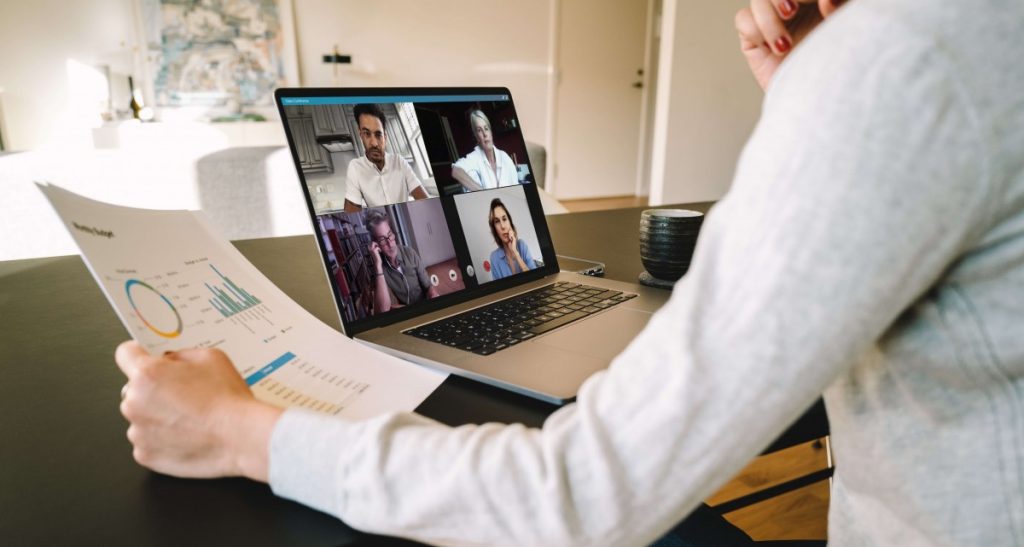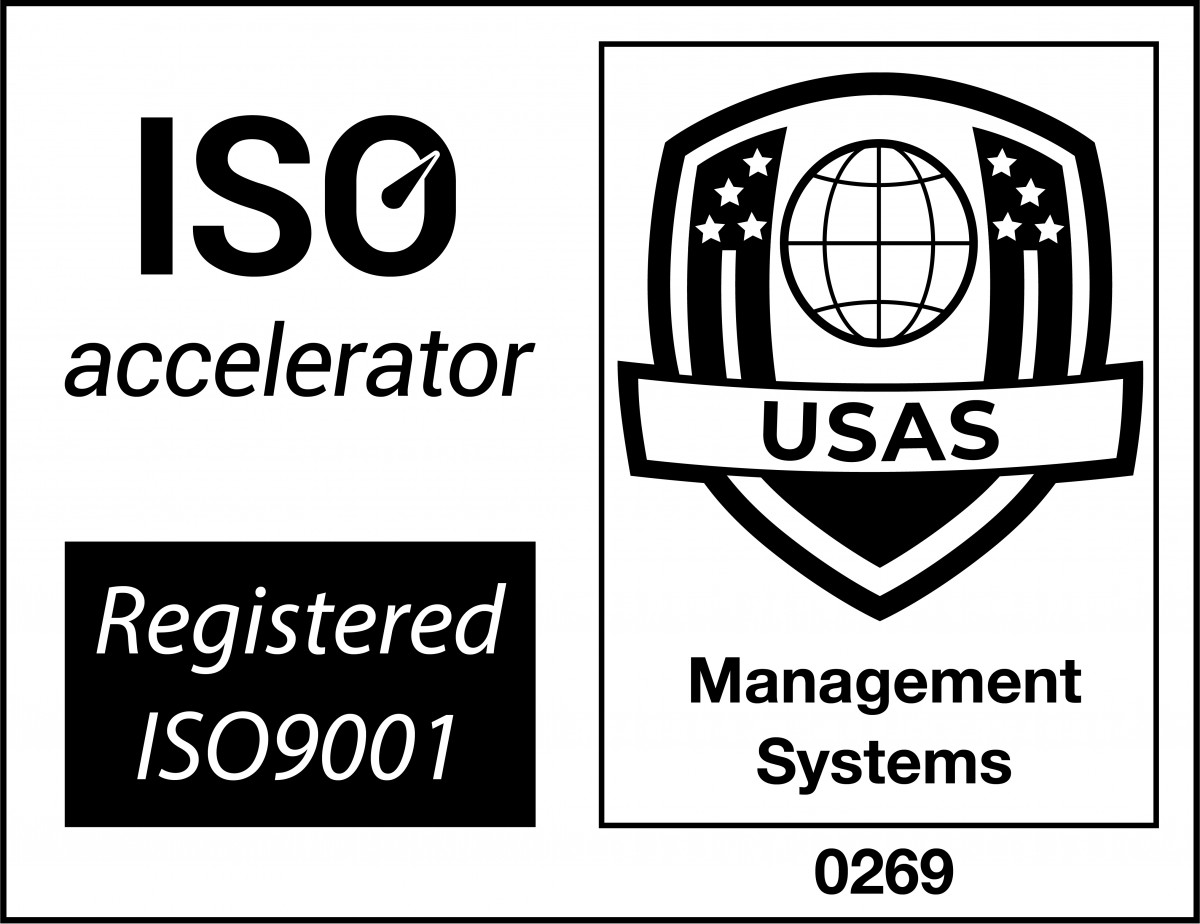Now that work from home guidance has ended, many employers will be looking to get their staff back into the office. Preparing your employee’s return to the office plan will take more than just giving them a date. The COVID pandemic has left many people with concerns about entering crowded or enclosed areas such as offices. Your employees will be no different, so you’ll have to consider their concerns.
Employees might not be eager to return to the office after their experience of working from home during the pandemic.
For a smooth return to the office plan, you’ll need a plan that outlines the safety measures you’ll introduce. We’ve put together a checklist to help through this process below.

Navigate:
1. Communication
2. Measures to introduce
3. Encourage employees to follow measures
4. Communicate the plan
5. Ready to return
1. Communication
To create an effective return to the office plan you’ll need to communicate with your employees. This should be a two-way conversation that allows your workforce to share their suggestions and feelings. Employee feedback will help you to form the policies you introduce. Two-way communication shows empathetic leadership which can encourage your staff. Catalyst found that 76% of people with highly empathic leaders report being more engaged at work. By communicating with your staff and discussing their concerns, you could increase their productivity.
73% of remote workers say the more time their employer gives them to understand their plan for returning to the worksite, the more comfortable they will feel in doing so. Communication should be done during the planning process and the run-up to the return, as this will ease your employee’s concerns.
When creating your plan discussions with your employees will help you to shape what measures you’ll need to implement. A useful start would be to survey your workforce on how they feel about the return to the office. Segmenting this survey by age, gender and department will give you a good understanding of each demographics worries. For example, different age groups will have contrasting suggestions. 48% of 18-29 year-olds would prefer a hybrid set-up, while only 38% of workers 50 and older would. Gathering information from different demographics will let you tailor your return to the office plan to best suit everyone.
2. Measures to introduce
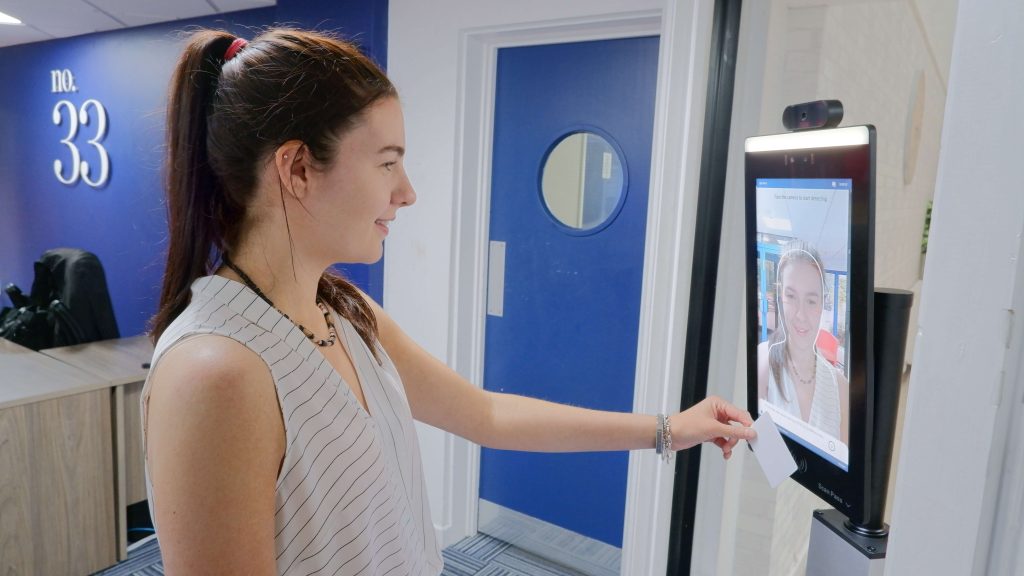
Based on your communications with your employees you will have a good idea of what concerns they have and how you can ease them. For most, the main concern will be being in an enclosed environment with a large group, where the virus could spread easily. A measure that can ease this concern would be to introduce temperature checks on entry. The most effective way to do this would be with a temperature scanning kiosk. As an employee enters the building they would stand in front of the kiosk and have their temperature read. If the reading is high then they will be denied entry and could then be advised to go for a test. A LamasaTech kiosk also allows staff and visitors to sign in while having their temperature taken. Preventing those with high temperatures from entering the building will reduce the virus’s access to the office.
Employees may have also mentioned concerns about being with people who have not been vaccinated. To ease this concern, you could introduce a vaccine mandate and check the status of staff and visitors. An effective way of doing this would be to have an all-in-one sign-in solution. This would be a kiosk that can scan temperatures, sign staff and visitors in and validate proof of vaccination. For more information on vaccine tracking solutions click here. Allowing access only to people who have been vaccinated or providing regular negative tests would further limit the chance of the virus entering your office.
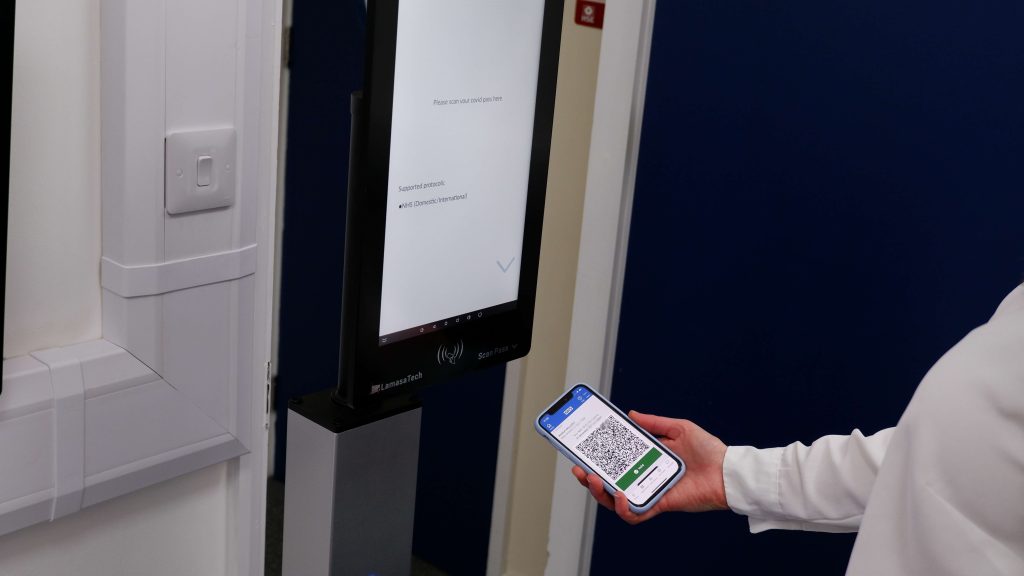
Other measures to introduce might include the need to wear masks in the office. Masks are considered the best way of preventing the spread of infection with the BMJ finding that masks are linked to a 53% cut in Covid incidence. Social distancing is another policy that is effective in stopping the spread of COVID. Your employees may feel more comfortable if their desks are more spread out and there are fewer people in a room.
A hybrid work style is a suggestion your employees will likely raise. A hybrid approach would help with easing your staff’s concerns about being in the office. Allowing your staff to work from home two or three days a week will reduce the number of staff in the office, which will help with implementing social distancing. Reed found that 60% of hybrid workers’ work-life balance has improved since moving to this model. Helping your staff to achieve a better work-life balance will show more empathetic leadership qualities.
One thing to consider with hybrid working is equipment available to your staff when they are at home. A step on the SHRM checklist for returning to work is updating technology to support virtual workers.
- Do all your employees have a headset with a microphone to be able to conduct virtual meetings?
- Will they need a webcam?
- Is their internet connection capable of supporting the required work?
- Have they got a work computer or laptop that can be set up at home?
- Do they have access to specialised software to undertake their tasks?
For a hybrid working approach to become a permanent feature you will have to make sure your staff are equipped to be able to work as effectively at home as they would in the office. You may have to invest in equipment for your staff or give them access to certain software they need to complete their tasks.
3. Encourage employees to follow measures

Once you’ve set out the policies you will introduce for your return to the office plan, you will need to think of how to encourage your employees to follow this new guidance. Offering incentives can be an effective way to achieve this. These can be segmented like the survey as different age groups may appreciate certain incentives. For example, 40% of Generation Z employees would favour a cash bonus for getting vaccinated, while only 12% of Baby boomers would.
Another incentive could be to offer time off to receive the vaccine and then time to recover. Employees may be worried about suffering the possible side effects of the vaccine and being off sick while they recover. Offering paid time off will encourage these members of staff to take up the vaccine without the worry of losing pay.
Updating all of your policy sheets to reflect the changes you’ve made for the return to the office will make it clear what is expected of employees. By doing this your workforce will know the reasons behind the changes and can check them whenever they need to. It also makes it clear what the consequences are for not following the new guidelines.
4. Communicate the plan
Now that you have the details of your plan you will need to communicate it to your employees. This should be done in multiple formats and as a conversation, not just one-way communication. Ridged communication is one of the primary factors driving 40% of employees to report being somewhat likely to leave their current positions in the next 3-6 months.
Create a presentation for a remote video conference with your workforce. Depending on the size of your workforce this could be adapted and presented to each department or done as a company-wide conference. The presentation should cover:
- What concerns you have noted
- Why you have chosen each new policy to implement
- How this will affect the workplace
- What the employees will need to do/incentives for doing so
- When they are expected back in the office
You should also answer any questions throughout the meeting so that everyone has a clear understanding of what is expected of them and the company. Putting together a PDF of the new measures and emailing it to all employees gives them a reference they can check over.
After this initial discussion with your workforce, it would be good to schedule smaller-scale follow-up meetings. Any questions your staff have about the return can then be answered by a human if the document was unable to help. Meetings like these will make sure that everyone involved in the return to the office plan will know exactly how this plan affects them and what they need to do.
Communicating your office return plan this way will let you gather extra feedback from your staff and make changes based on their suggestions. Sharing your plan well in advance of the return date is important because that time allows you to implement any of these changes suggested by your employees.
5. Ready to return
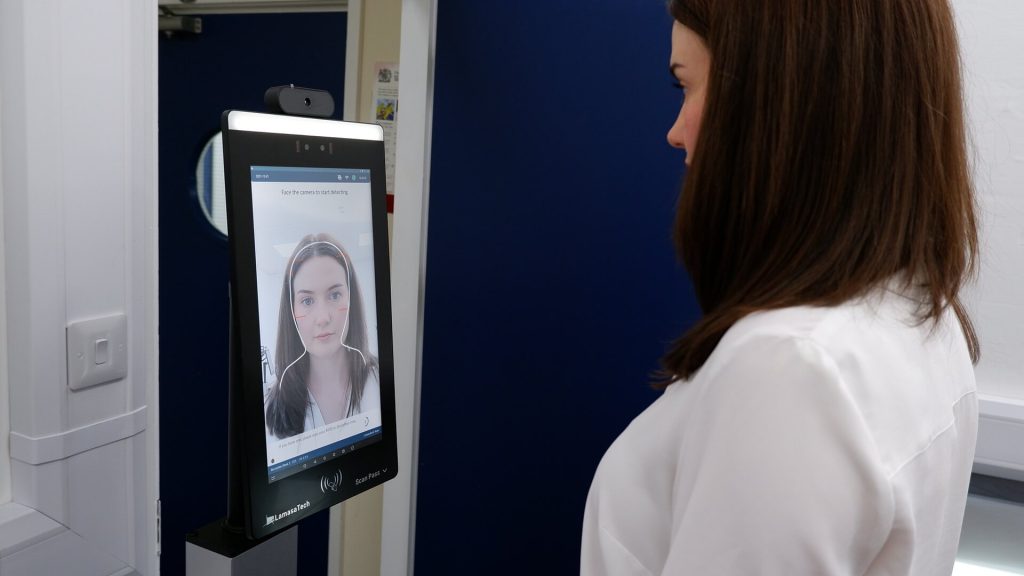
It is important to remain flexible as this situation continues to change. Having a plan in place not only helps with your return to the office now but in the future too. You’ll have policies in place should another wave of COVID hit or a different infection appears.
An in-depth plan to return to the office does not just help to coordinate when and where your staff will be but helps to reassure them that their safety is a priority. Empathetic leadership can play an important role in achieving this as 72% of workers believe empathy influences employee motivation.
By following these steps, you will create a plan that can ease your employee’s concerns about returning to the office.
To learn about how LamasaTech can assist you with your return to the office contact us today.


